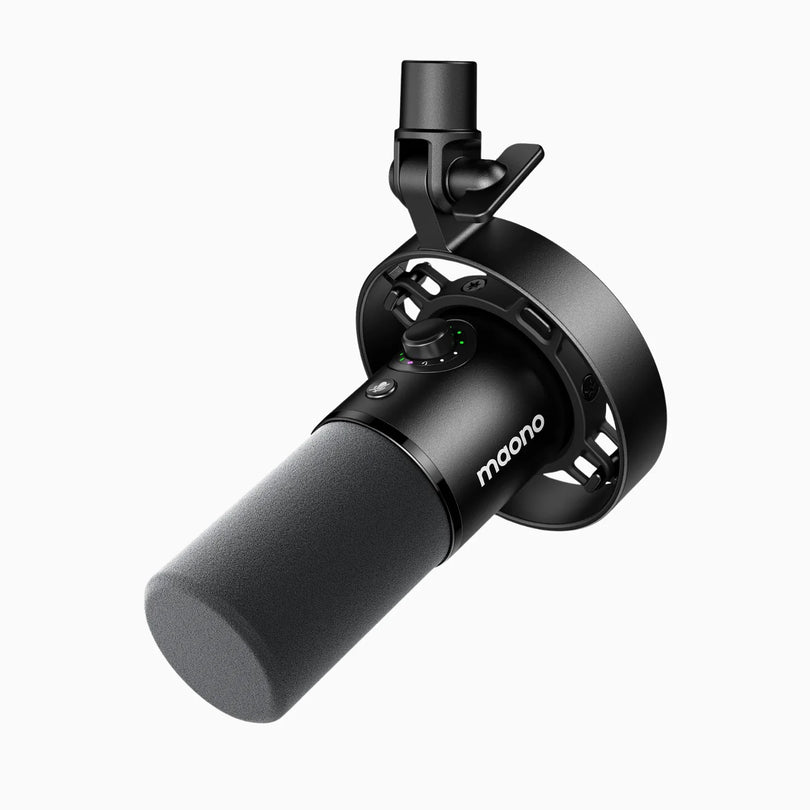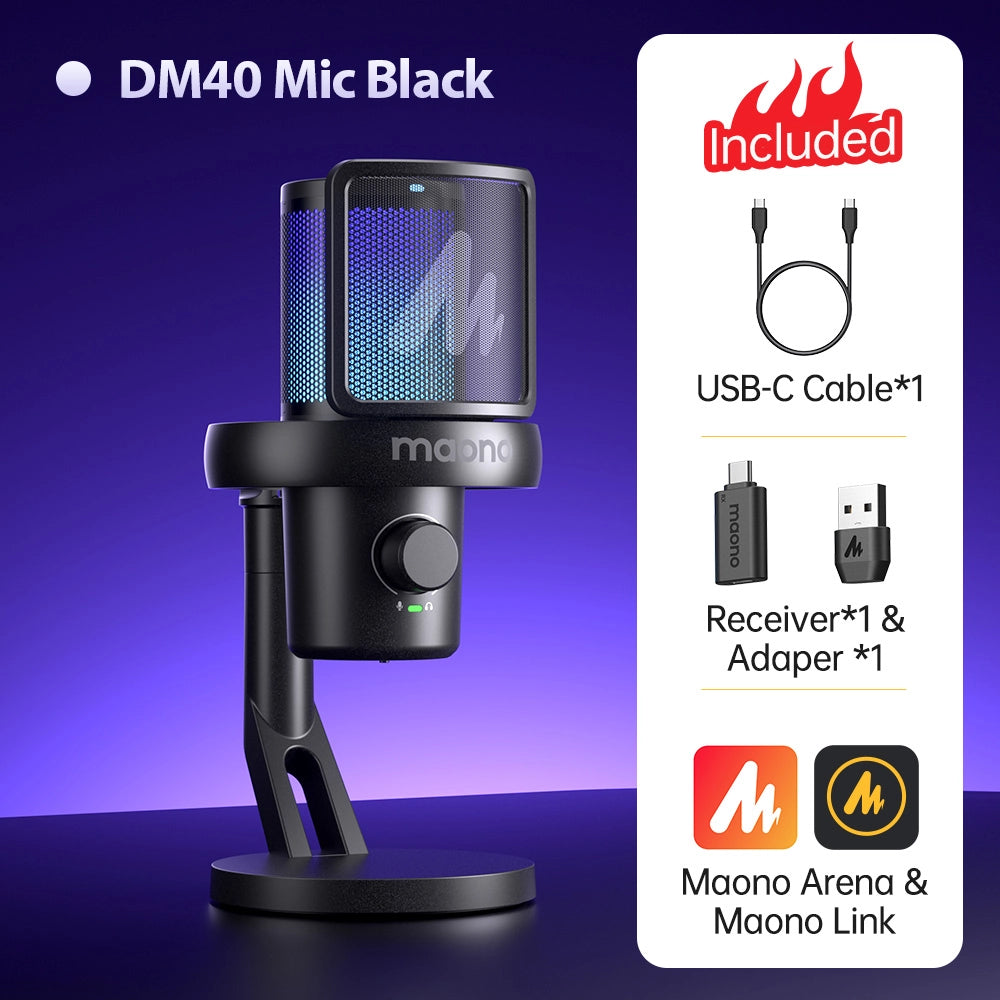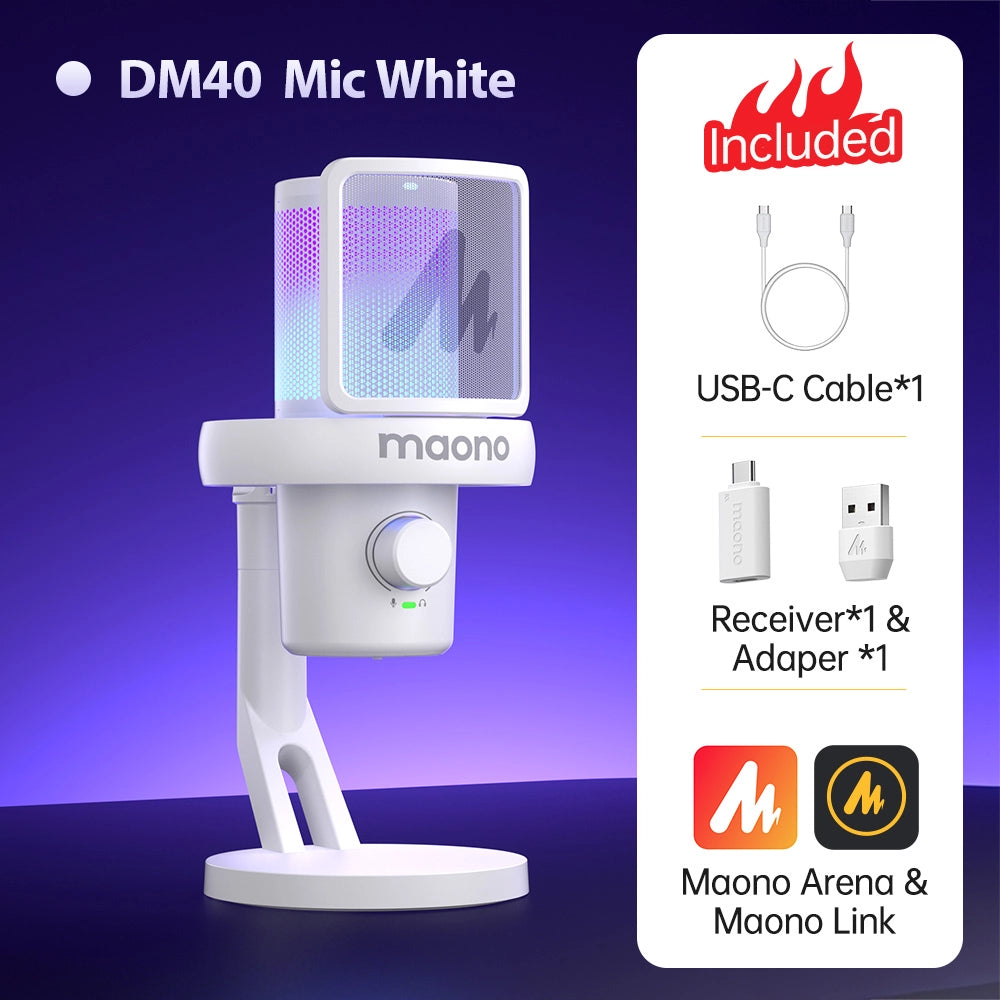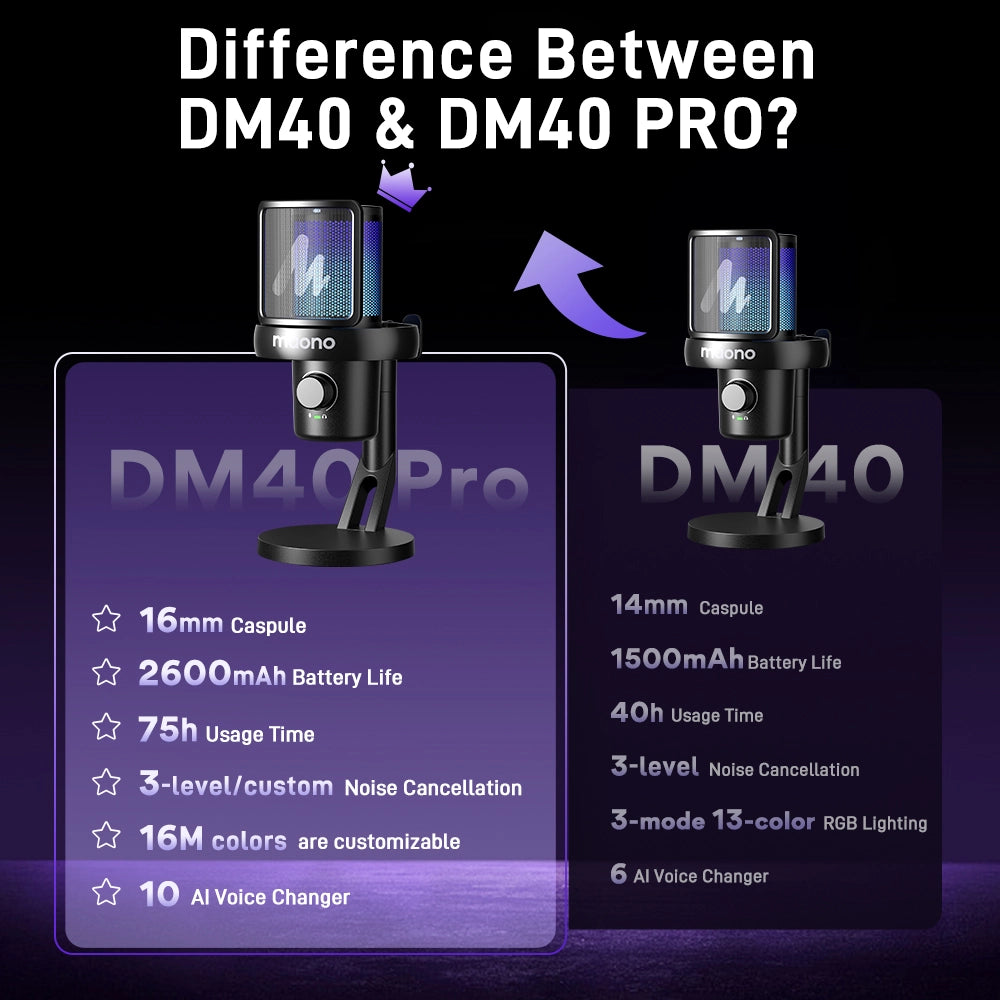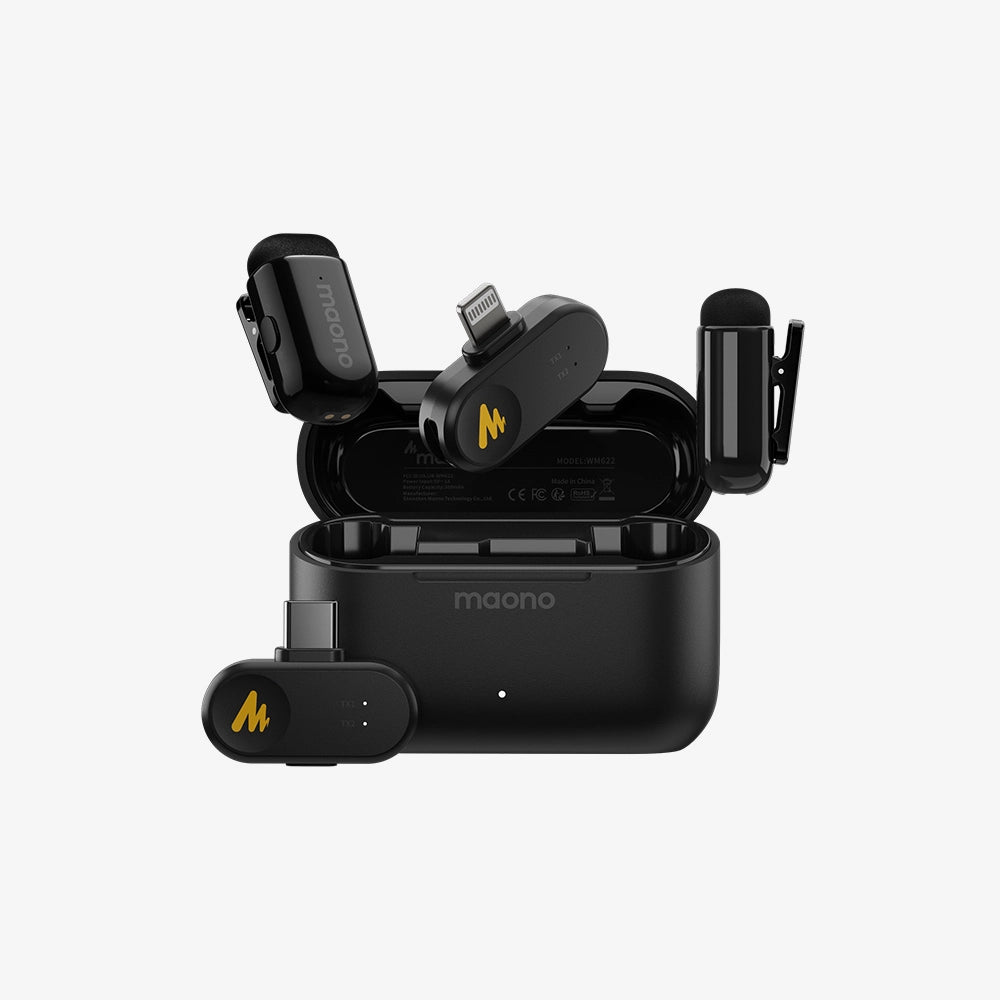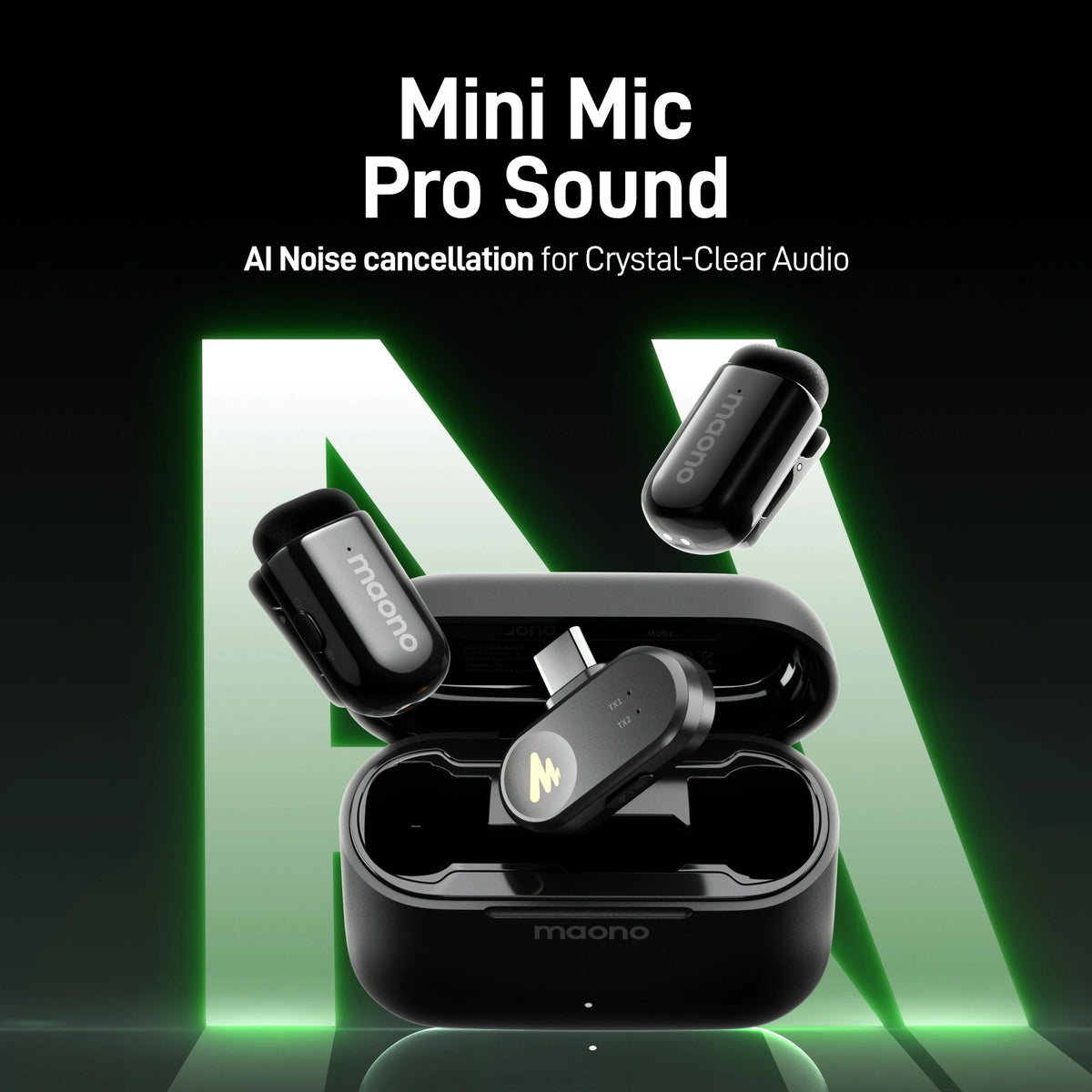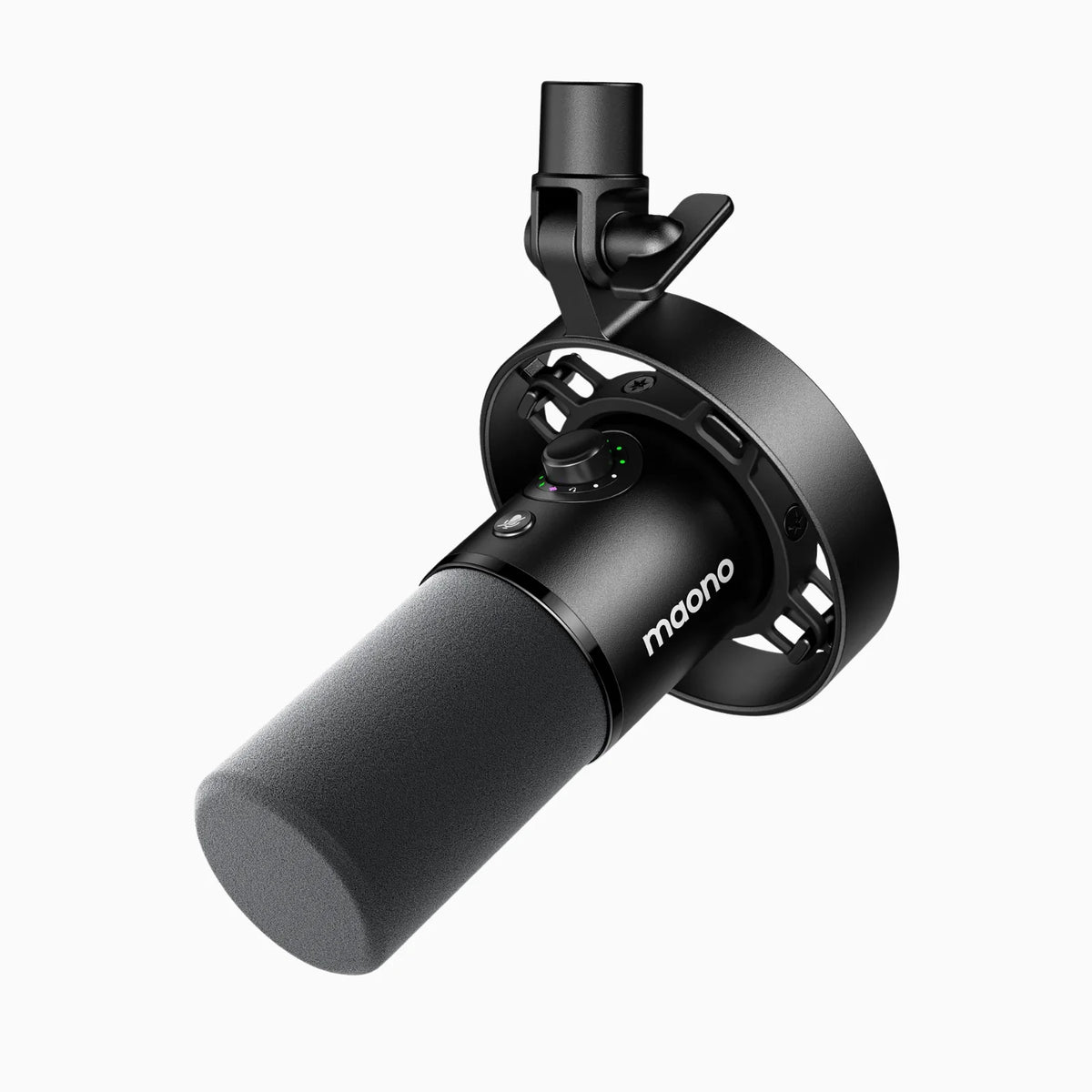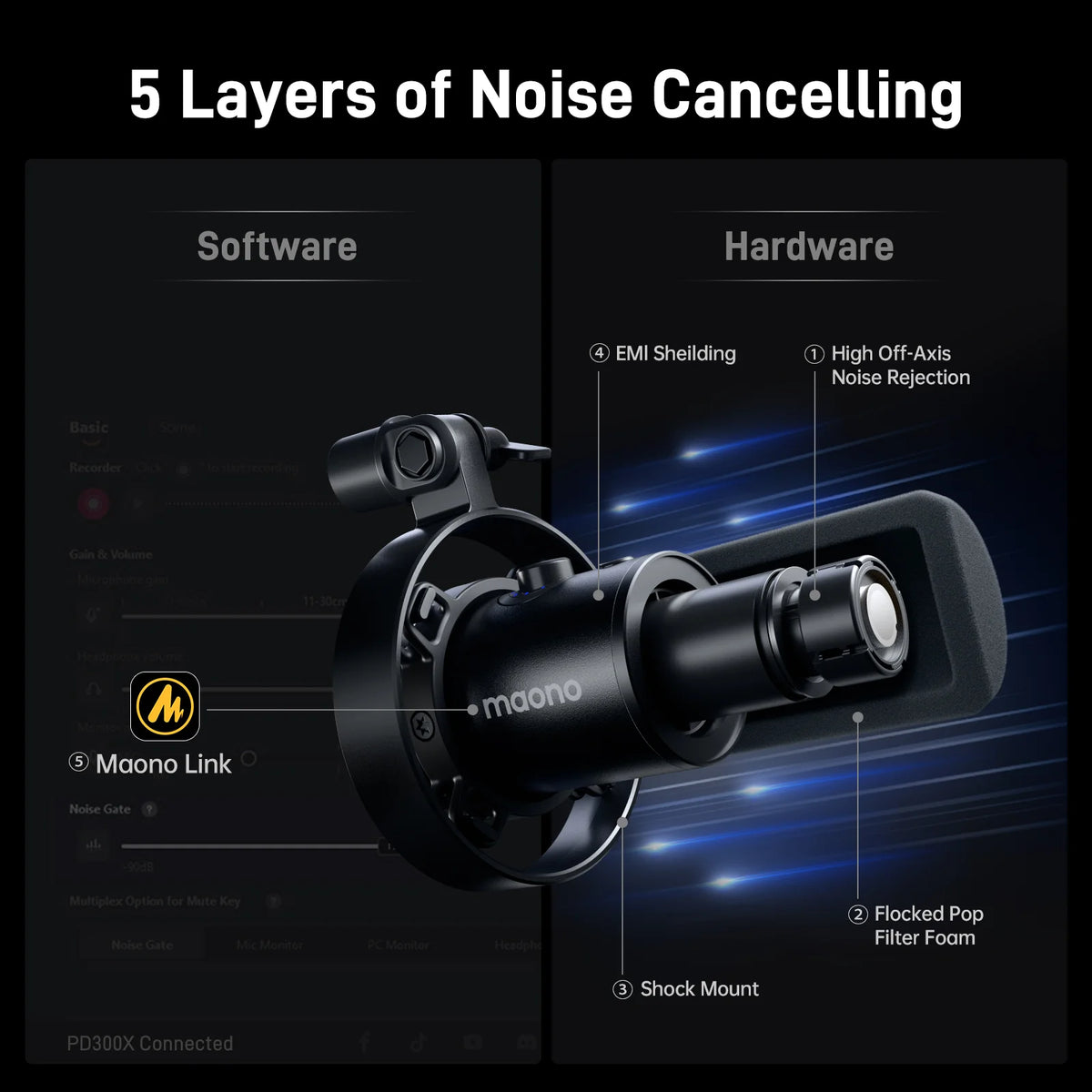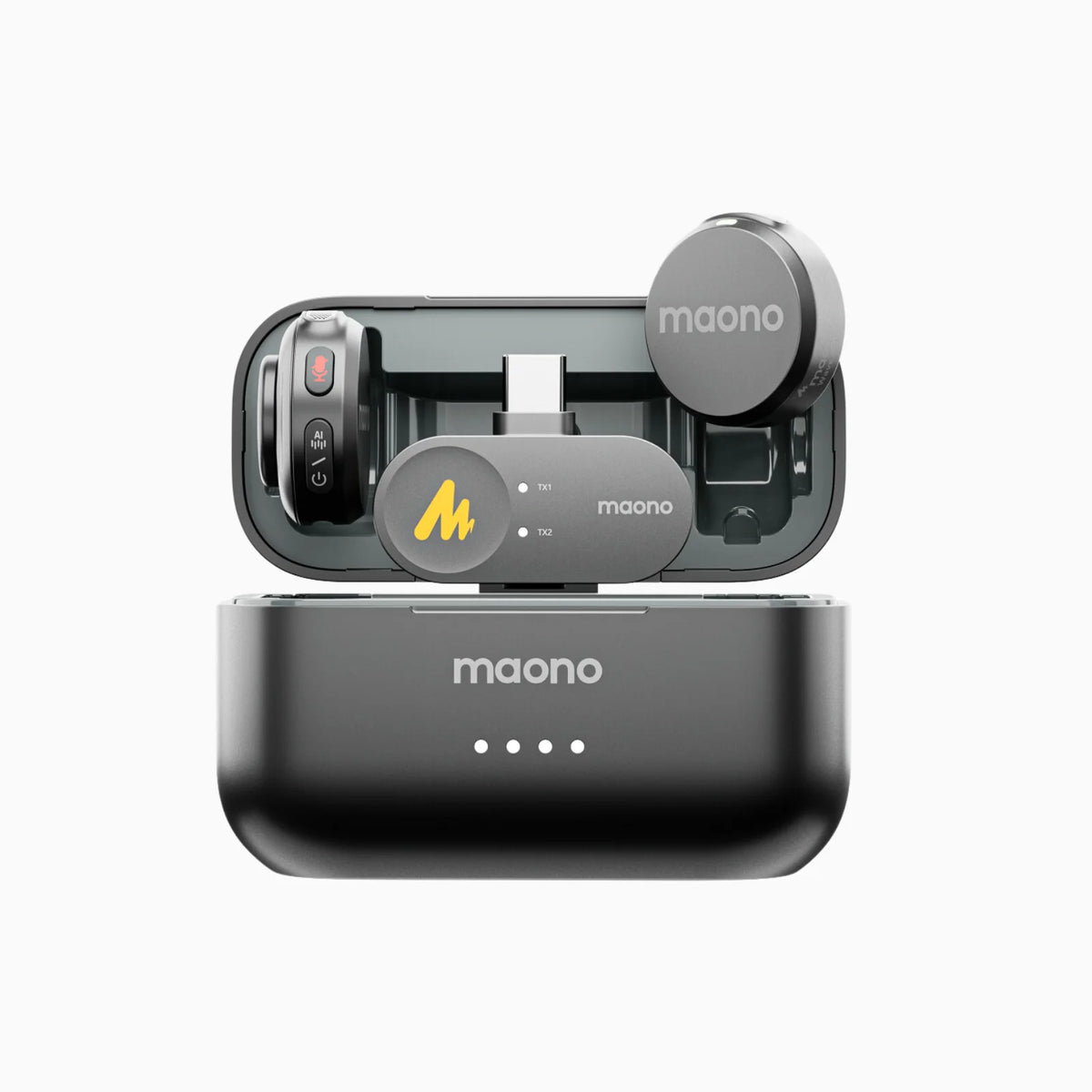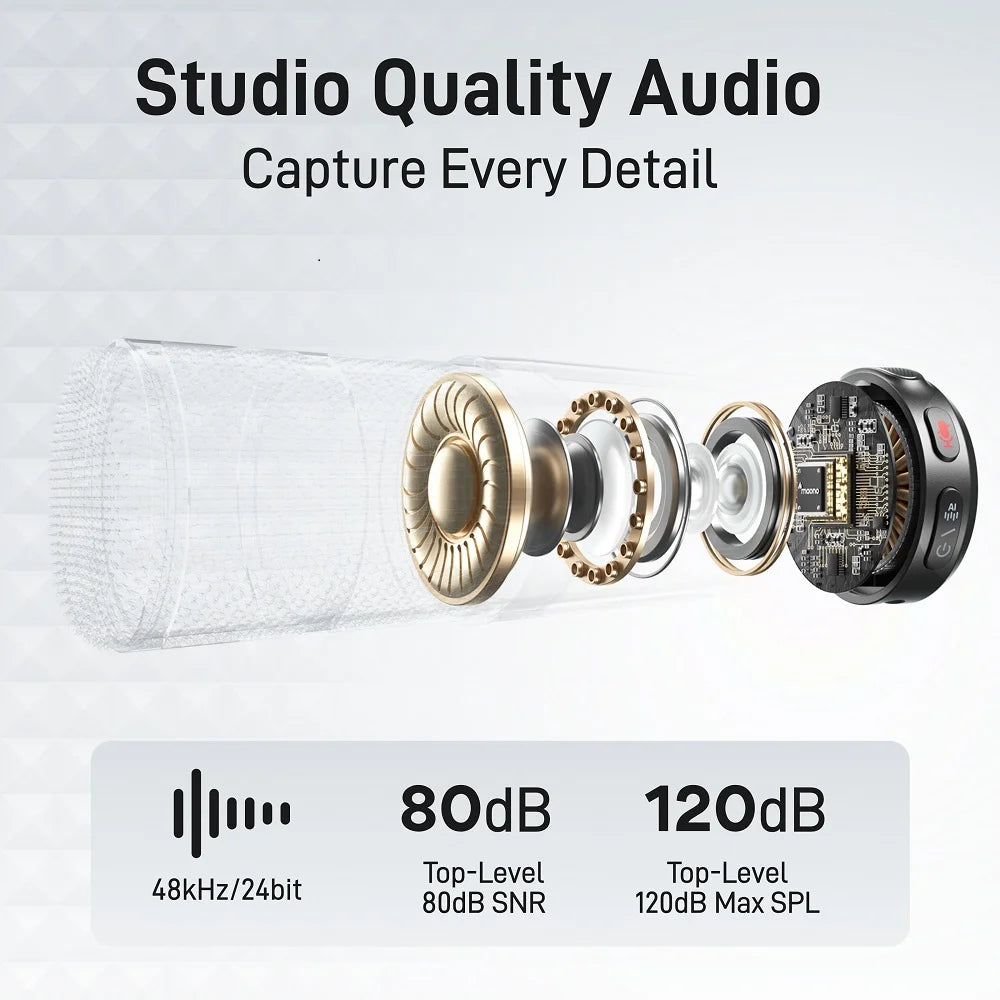Podcasts have become a staple in modern entertainment, offering a convenient and immersive way for audiences to consume content. One genre that has gained significant traction is true crime and horror storytelling. Listeners are drawn to the suspense, intricate details, and eerie narratives that these podcasts provide. However, to deliver an engaging experience, podcasters must ensure high-quality audio. A wireless podcast microphone offers flexibility and convenience, but proper editing and enhancement techniques are crucial to achieving professional sound quality.
How to Edit and Enhance Wireless Microphone Audio for Podcasts?
Recording with a wireless microphone provides mobility and reduces cable clutter, but it also introduces potential issues like audio interference, inconsistent sound levels, and background noise. To produce clear, polished podcast audio, follow these steps:
1. Use Noise Reduction Tools
A wireless microphone for podcast may pick up unwanted background noise. To minimize this:
-
Use software like Audacity, Adobe Audition, or iZotope RX to remove hiss, hum, and ambient noise.
-
Apply noise gates to eliminate low-level sounds when no speech is detected.
-
Record in a quiet environment to reduce post-production editing.
2. Equalization (EQ) Adjustments
EQ helps balance the audio frequencies for clarity:
-
Boost the midrange (1kHz–4kHz) to enhance vocal presence.
-
Reduce low-end frequencies (below 100Hz) to eliminate mic handling noise.
-
Adjust high frequencies (above 10kHz) to add brightness without harshness.
3. Compression for Consistent Volume
Compression evens out audio levels, ensuring consistent loudness:
-
Set a threshold to control peaks and avoid distortion.
-
Adjust the ratio (e.g., 3:1 or 4:1) to maintain a natural sound.
-
Use a makeup gain to balance the overall volume after compression.
4. Enhancing Speech Clarity
-
Use a de-esser to reduce harsh “s” sounds.
-
Add slight reverb for a natural, studio-like presence.
-
Apply a limiter to prevent volume spikes.
5. Removing Audio Artifacts
Wireless microphones may introduce audio artifacts like static or dropouts:
-
Use spectral repair tools (in Adobe Audition or iZotope RX) to clean audio glitches.
-
Manually edit pops, clicks, and echoes for a polished finish.
What Are the Benefits of Listening to a Podcast?
Podcasts offer numerous benefits beyond entertainment, especially in the true crime and horror genres:
1. Engagement and Immersion
-
Well-produced audio with clear storytelling captivates listeners.
-
Sound design, music, and voice modulation add depth to narratives.
2. Learning and Awareness
-
True crime podcasts raise awareness about real cases and legal proceedings.
-
Horror podcasts explore psychological thrillers and folklore, enriching cultural knowledge.
3. Convenience and Accessibility
-
Available on-demand, allowing multitasking while commuting, working out, or relaxing.
-
Mobile-friendly format makes content accessible anytime, anywhere.
What Software Works Best with Wireless Microphones for Podcasting?
The right software enhances wireless mic transmitter and receiver recordings through advanced editing features:
1. Audacity (Free)
-
Basic noise reduction, EQ, and compression tools.
-
Ideal for beginners with a straightforward interface.
2. Adobe Audition (Paid)
-
Professional-grade spectral editing and multitrack recording.
-
Advanced tools for noise removal, de-reverb, and mastering.
3. GarageBand (Mac Users - Free)
-
Intuitive interface with multi-track capabilities.
-
Suitable for podcasters who need simple yet effective editing.
4. Reaper (Affordable, Paid)
-
Customizable workflow with professional plugins.
-
Low CPU usage, ideal for long recordings.
5. iZotope RX (Advanced, Paid)
-
Industry-standard for audio repair and restoration.
-
Best for fixing wireless microphone receiver and transmitter imperfections.
How Do I Sync Audio from a Wireless Microphone with Video Recordings?
If you’re recording a video podcast or streaming live, syncing the best wireless mic for camera audio is essential:
1. Use a Clap Method
-
Clap at the start of recording to create a visual and audio marker.
-
Align the waveform with the video in post-production.
2. Software Auto-Sync Features
-
Use Adobe Premiere Pro or Final Cut Pro to automatically match waveforms.
-
PluralEyes (third-party plugin) syncs multiple audio and video sources seamlessly.
3. Adjust Latency Issues
-
Wireless mics may introduce minor delay; manually adjust the sync offset in editing software.
What is the Best Budget-Friendly Wireless Microphone for Podcasting?
For beginner podcasters looking for an affordable yet high-quality rechargeable wireless microphone, the Maono Wave T5 Wireless Microphone is a great option:
Features:
-
Clear, Noise-Reduced Audio
Wave T5 ensures clarity, professional-quality sound.
-
Lightweight & Portable
As lightweight as 9 grams. It clips onto clothing for hands-free recording.
-
Long Battery Life
Wave T5 wireless microphone is ideal for extended podcast sessions.
-
Plug-and-Play Compatibility
Maono Wave T5 works with smartphones, laptops, and cameras.
This microphone balances affordability and performance, making it an excellent investment for new and growing podcasters.

Conclusion
Enhancing wireless podcast microphone audio for podcasts requires proper editing, noise reduction, and volume balancing techniques. Whether you’re narrating true crime stories or sharing chilling horror tales, high-quality sound keeps listeners engaged. With the right software and editing strategies, you can achieve professional-grade audio. Also, investing in a budget-friendly yet reliable, best wireless microphone for camera like the Maono Wave T5 can significantly improve your podcast’s sound quality. By refining your editing workflow, you can create immersive, captivating content that stands out in the competitive podcasting world.
Related Articles:
Different Types of Podcasts & Choosing a Wireless Microphone Guide
Top Wireless Microphones: Best Lavalier Wireless Mic for Podcasting




